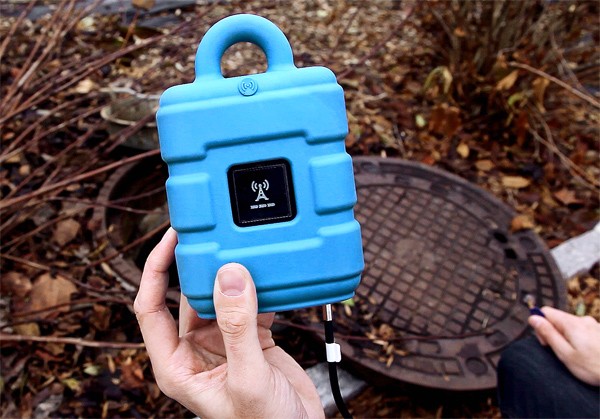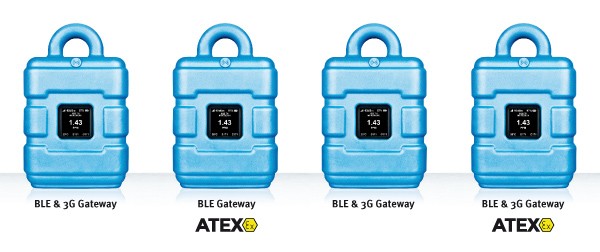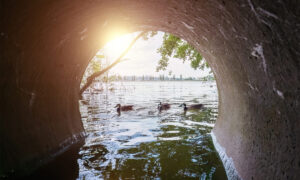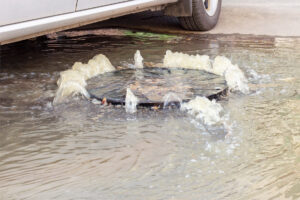If a sufficiently high concentration of H2S and oxygen gets in contact with a spark or a hot surface, an explosion can occur.
H2S has an ignition temperature of 270°C and is in the temperature class T3. Substances with a similar ignition temperature, which also belong to class T3, are for example gasoline or diesel.
In the ATEX zone 1 a mixture of inflammable gas and oxygen is occasionally present during normal operation. In contrast, this mixture does not or only briefly occur in the ATEX zone 2 during normal operation. A certification for zone 1 automatically includes certification for a lower zone.
In order to explode this mixture of combustible H2S and oxygen, only a spark or a surface which is too hot is missing.
If you want to use electronic devices, such as a H2S measuring device from Microtronics in this environment, make sure that the device does not provide the missing third ingredient for an explosion.
Therefore the H2S measuring devices for the ATEX zone were developed and manufactured according to the criteria of the ATEX directive 2014/34/EU. After a careful certification process, this was now officially confirmed by the certification body.
Due to the design the H2S measuring device for the ATEX zone 1 from Microtronics is protect against dangerous conditions in the event of a fault. This is achieved by the so-called intrinsic safety. The supply of the H2S measuring instrument is conducted via a safety barrier. Thus, current and voltage are limited so that the ignition temperature is not reached.
The right H2S measuring device for all needs
Microtronics offers an ATEX-certified variant and a non-certified one. Depending on where you are using the device, choose the version that suits you best.
In addition, you can choose between the types of data transmission. With the BLE variant, you have to get within the range of the measuring site (approx. 20 meters) at regular intervals. With the free software Device Config or with the GasBuster app you can now read out the data.
A 3G variant is available alternatively. The data are sent to your central server via mobile radio. So you are always up-to-date, even far out of the reach of the measuring point.
Both the BLE and the 3G version are now available for the ATEX zone 1 and in a non-certified version.




